This article is part of FT Globetrotter’s guide to Madrid
When I was living in Madrid in my early twenties, warm Sunday afternoons were for El Retiro park. My flatmate and I, normally a bit worse for wear from partying the night before, would walk from our place down through Chueca — stopping off at a bar called El Tigre, where large plates of tapas appeared with every drink order — and onward to the park, feeling heavier.
Heading straight to the boating lake, we would stretch out on the grass and spend hours lying under the trees, as couples rowed about in blue wooden boats on the water.
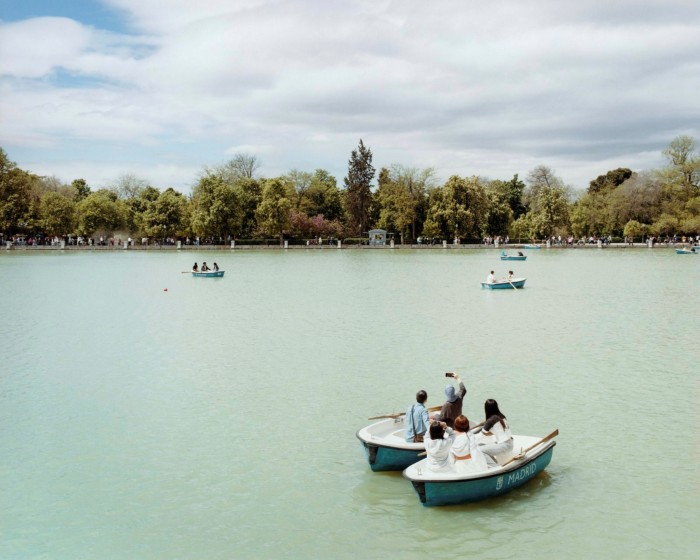
There are several parks in Madrid, but the Retiro — which translates as “the retreat” — is its best known and most central. As politicians fight over whether to expand green spaces in the capital to help manage the effects of ever more extreme heat (or backtrack by cutting down trees), this historic park is at least partly protected, having been granted Unesco World Heritage status in 2021.
This is good news for local residents and visitors, for whom the Retiro offers an escape to nature right in the city centre. During the hottest months, when temperatures regularly reach upwards of 35C, the park’s 118 acres provide respite under the shade of the trees. Come autumn, the leaves of the park’s many horse chestnut trees turn yellow and red, covering the paths in a russet carpet. In late spring, they burst into white flowers.
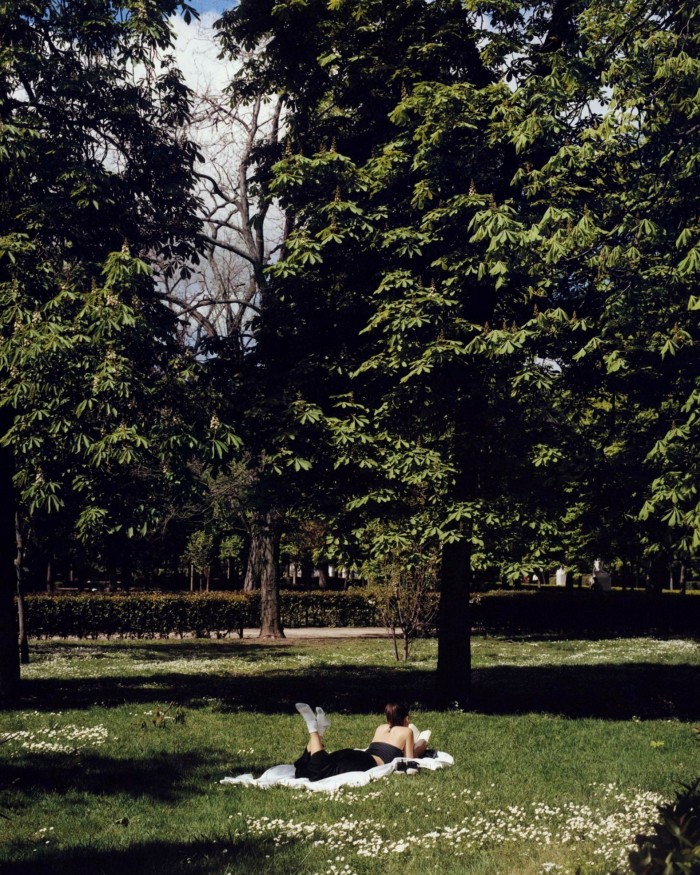
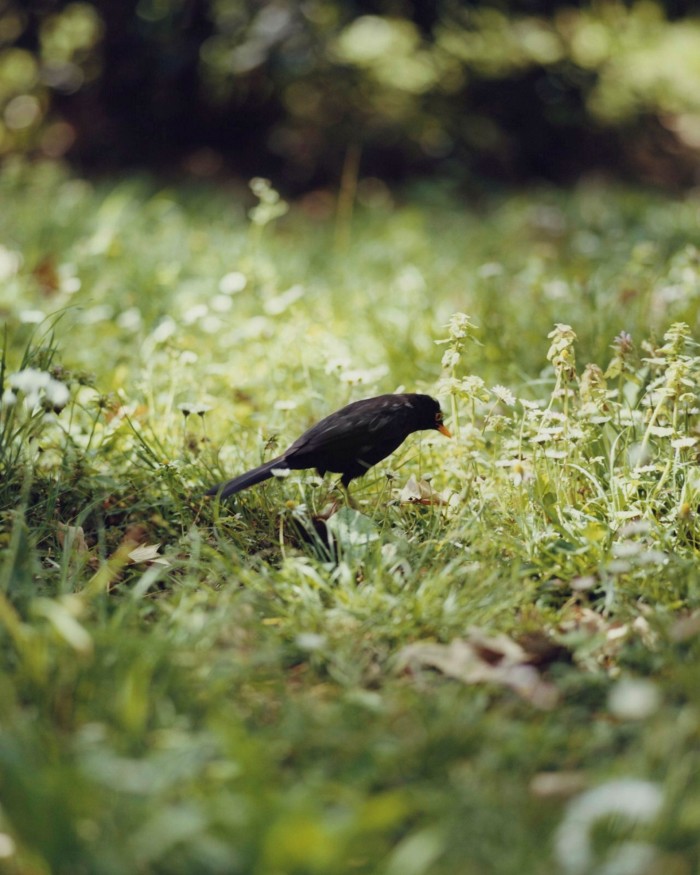
The Retiro’s foundations lie in the gardens of a monastery, which served as a royal retreat for King Philip II in the 16th century. When he moved the Spanish court from Toledo to Madrid in 1561, these were expanded, and a few decades later, in 1630, Felipe IV commissioned the creation of the Parque del Buen Retiro (to give it its full name). This new development included a second royal palace and several other buildings, all surrounded by gardens — designed as a recreational paradise for the royal court, who were kept entertained with concerts, plays, aquatic displays and re-enactments of naval battles on the lake.
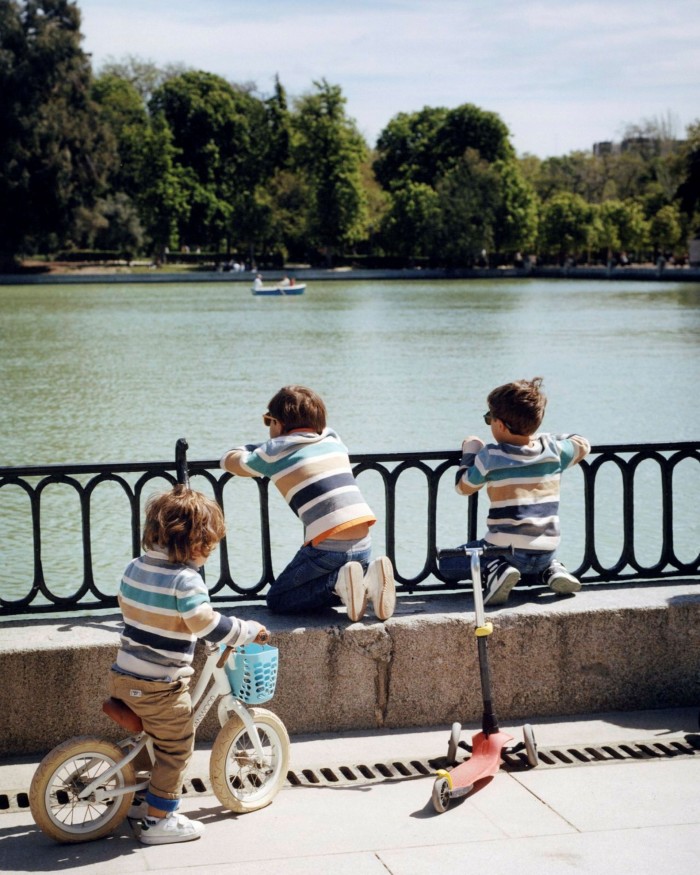
For the next two centuries the park was kept primarily for royal use, only fully opening up to the public in 1868.
Today, on any day of the week, rollerbladers, runners, cyclists and dogwalkers can be seen along its wide sandy paths, while in the many grassy enclaves you might stumble across a tai chi or yoga class, balloons tied to trees for a child’s birthday party or resident birds such as blackbirds, blue tits and greenfinches.
“It’s a magical place,” says author and journalist Rosa Montero, who loves the park so much she moved 15 years ago to live next to it, on the corner of calle de Ibiza.
“All kinds of things happen here: weddings, parties, ballroom dancing,” she says. “It’s the heart of Madrid . . . You see all nationalities, all economic backgrounds, all cultures — it vibrates with life.”
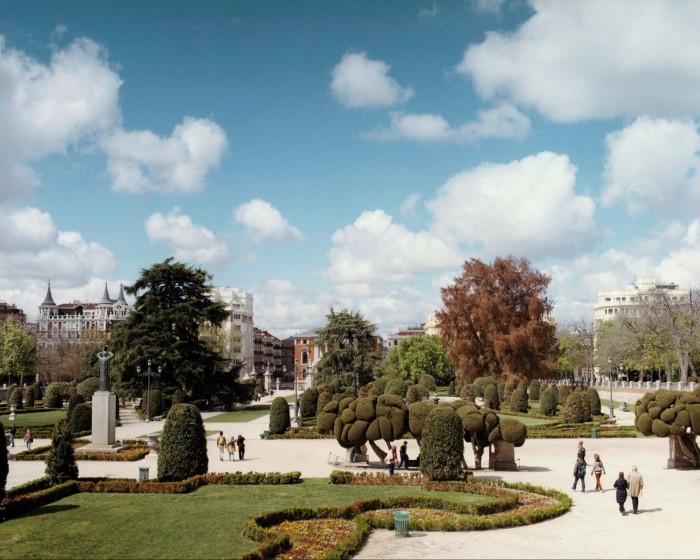
Depending on which of the 18 gates you use to enter the Retiro, you’ll experience it in a different way. There are various distinct areas, such as the boating lake, the Parterre, the Reservado, the Rosaleda rose garden and the Campo Grande, where you’ll find the Palacio de Cristal and Palacio de Velázquez — all features that have been added or shaped over the centuries by Spain’s kings and queens.
Coming from the city centre (the park is 1.7km from the central square, Puerta del Sol), you might enter from the west side through Puerta de Felipe IV, across the road from what remains of the Buen Retiro palace — now part of the Prado Museum. Here, the first thing you see are the pristine, geometrically ordered gardens known as the Parterre, its bright flowerbeds and box hedges inspired by Versailles. A very old, giant tree sits just inside, its hefty trunk protected by railings. A Mexican conifer (ahuehete), planted in 1633, it’s one of the city’s oldest trees and is thought to have been used by French soldiers as a cannon mount during the Napoleonic invasion in 1808, which left the park and the royal palace largely destroyed.
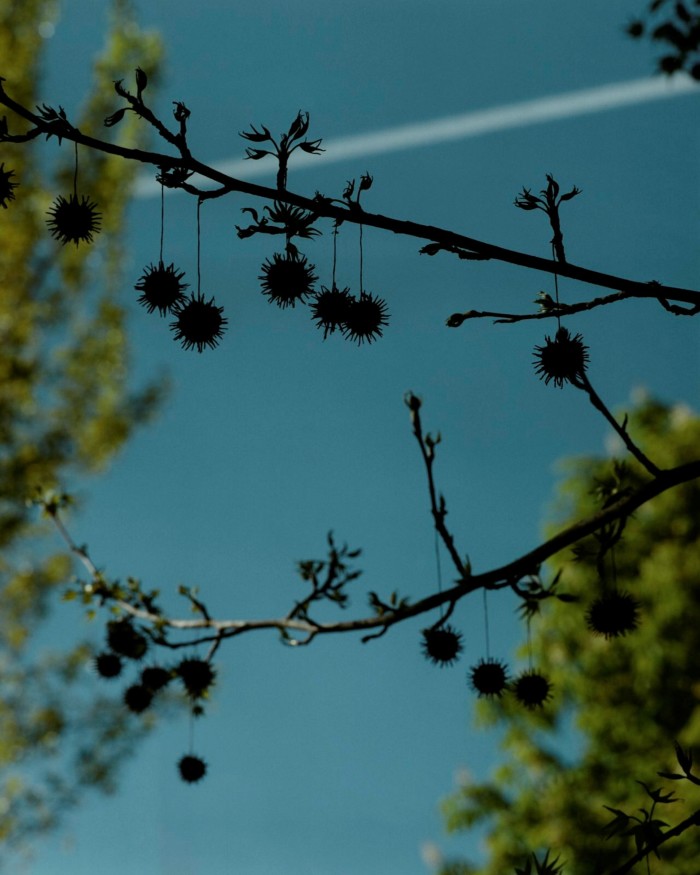
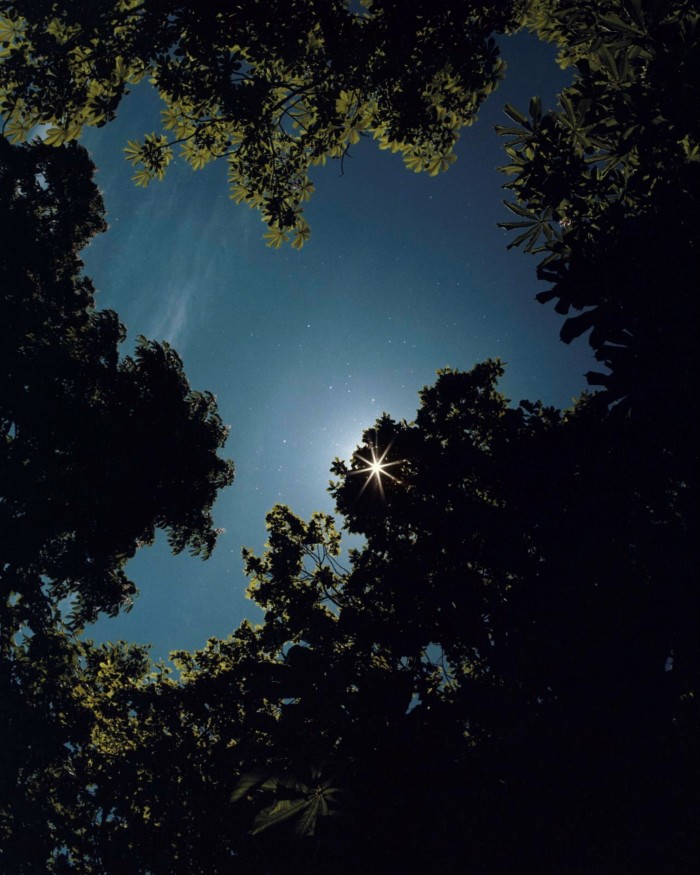
It is one of around 17,000 trees in the park that boasts 163 species, from cypresses to the strawberry tree (madroño), which features on Madrid’s coat of arms — plus willows, sycamores, poplars, eucalyptus, cedars, olives and plenty of horse chestnuts.
Despite the park’s Unesco status, there are ongoing tensions regarding the park’s future and how it should be looked after, with its plethora of trees being of particular concern. “When they made us a World Heritage site, we felt very proud,” says Javier de la Puente Vinuesa, a retired forestry engineer who set up the Amigos del Retiro association, which lobbies for better management of the park. But lack of government funding is a problem, he says, as is poor co-ordination between different departments. “We want there to be one department dedicated to the Retiro . . . a botanical matter, for example, has nothing to do with a statue that needs fixing.”
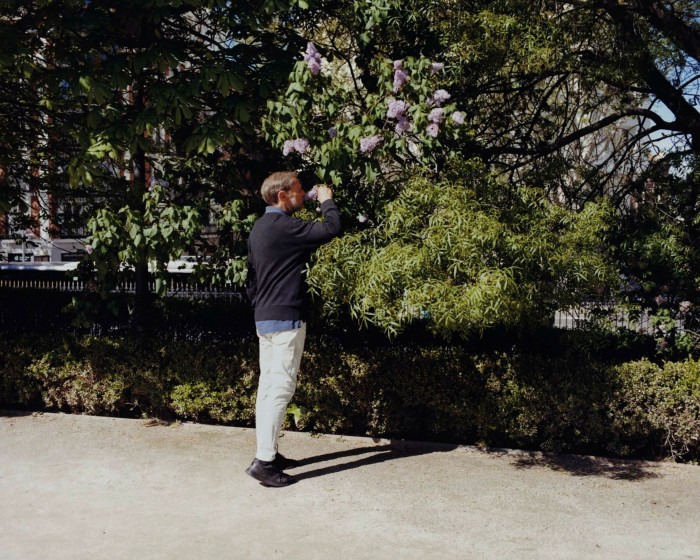
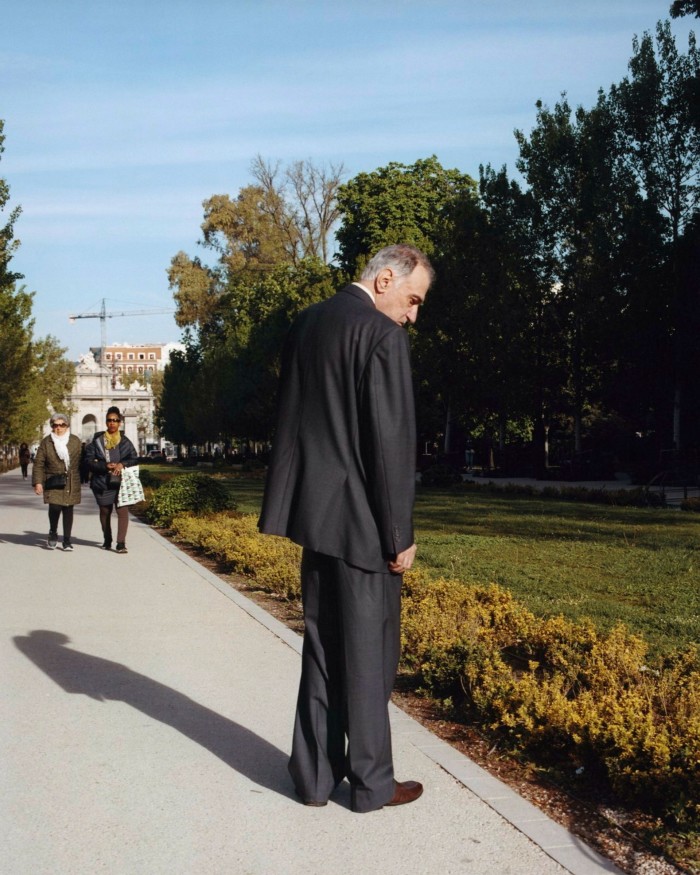
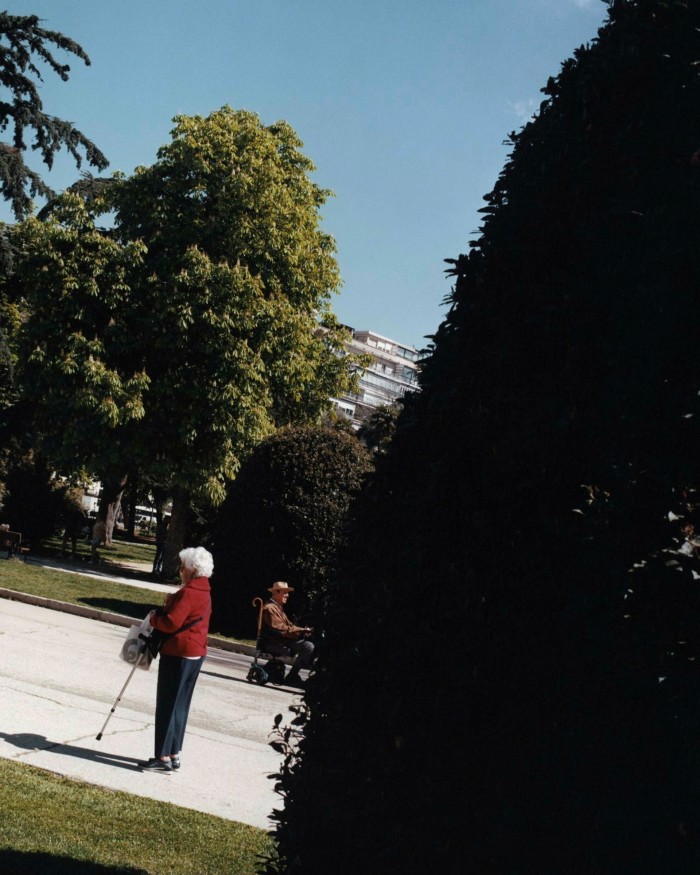
One point of contention is how much grass has been prioritised by administrators in recent decades over the protection of the park’s oldest trees.
“They have converted what used to be wooded areas into grassy meadow,” says María Medina Muro, a landscape architect who has worked on other historic parks in Spain. This affects the remaining trees, she says, interfering with their natural processes of restoration, leaving them weaker and more likely to fall: “In the woods the trees would always renew themselves, but now, nothing regenerates.”
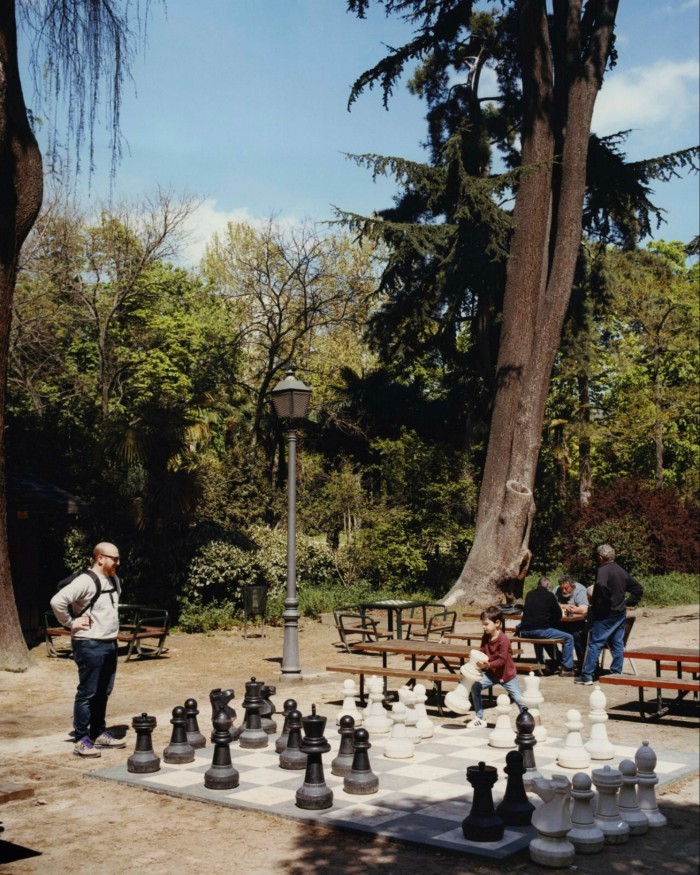
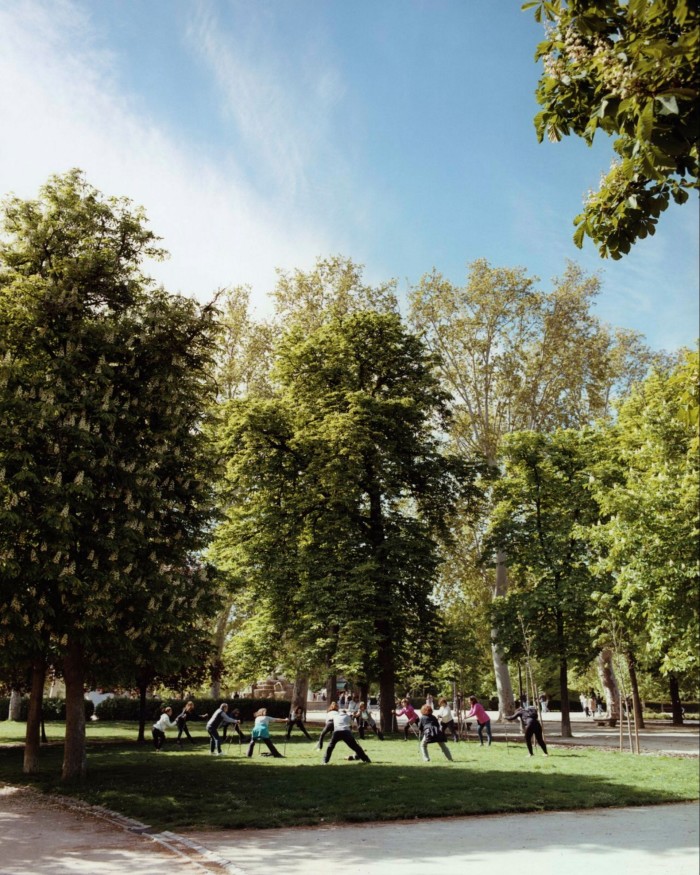
Part of the problem is the watering system, she says, which sprays the grass at surface level but does not nourish the deeper roots of the trees. In recent years, the park has been shut on days when there is too much wind or heat, because of the risk of trees and branches falling down. “It’s all related,” says Medina Muro: if the stability of their deepest roots is affected, the trees are more vulnerable to extreme weather.
The local government department for urban planning, environment and mobility says that all the trees in the Retiro are regularly monitored and inspected, that various factors can contribute to trees falling. It has no plans to increase the density of trees throughout the park: their focus is “quality over quantity”.
But others say the diminished tree cover is a particular problem as Madrid faces record heat levels. “Trees are so important because they lower the temperature so much,” says Medina Muro.
Walking straight ahead from the French gardens, you’ll pass a large fountain with what looks like a big artichoke at the top (Fuente de Alcachofa), before reaching the boating lake.
Here you can rent a rowing boat, or stop for coffee or ice cream at one of the kiosks. All around the park there are statues of various kings, academics and mythological figures. One of the grandest is a 30-metre monument to Alfonso XII (who reigned from 1874 to 1885) on horseback, looking out over the lake.
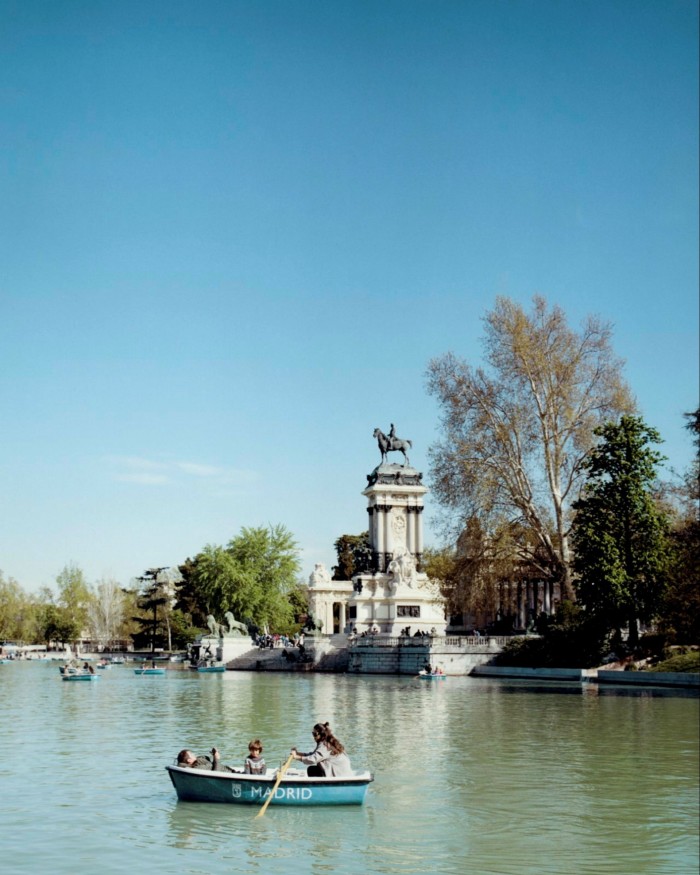
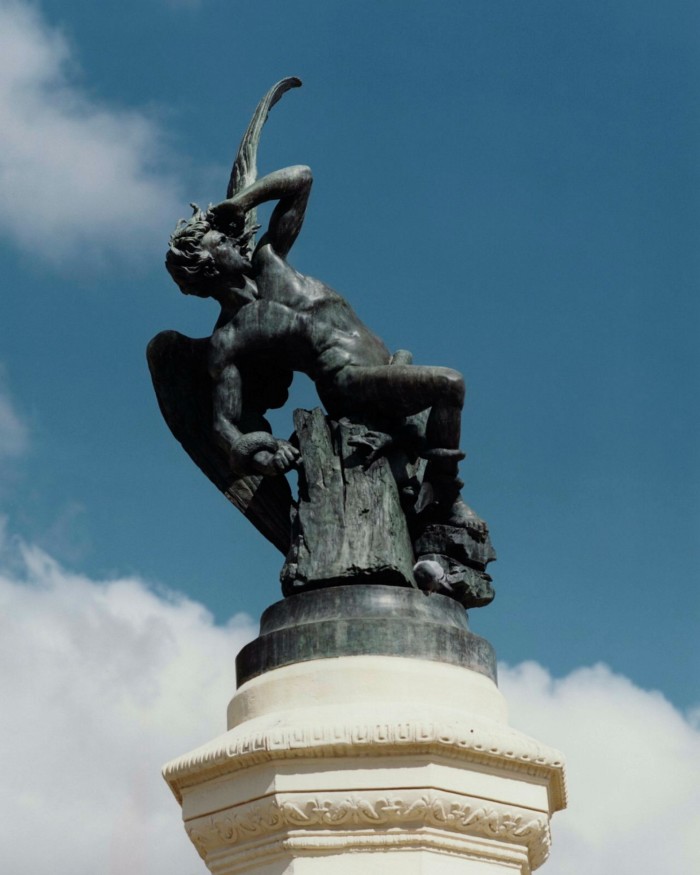
Further south is my favourite: the Fuente del Ángel Caído. At this fountain, the angel Lucifer has just fallen to earth, rendered on one knee with an arched back, crying out to the heavens in anguish as snakes wrap themselves around his ankles. Created in 1877 by Ricardo Bellver, who was inspired by John Milton’s Paradise Lost, it also happens to stand at 666 metres above sea level — although whether that was intentional or not is unknown . . .
One of the park’s most majestic structures, however, is the Palacio de Cristal. Inspired by London’s Crystal Palace, this large glass building was built in 1887 to house tropical plants imported from the Philippines, then part of the Spanish empire. Today, along with the nearby Palacio de Velázquez and Casa de Vacas, it hosts art exhibitions (in conjunction with the Reina Sofia museum).
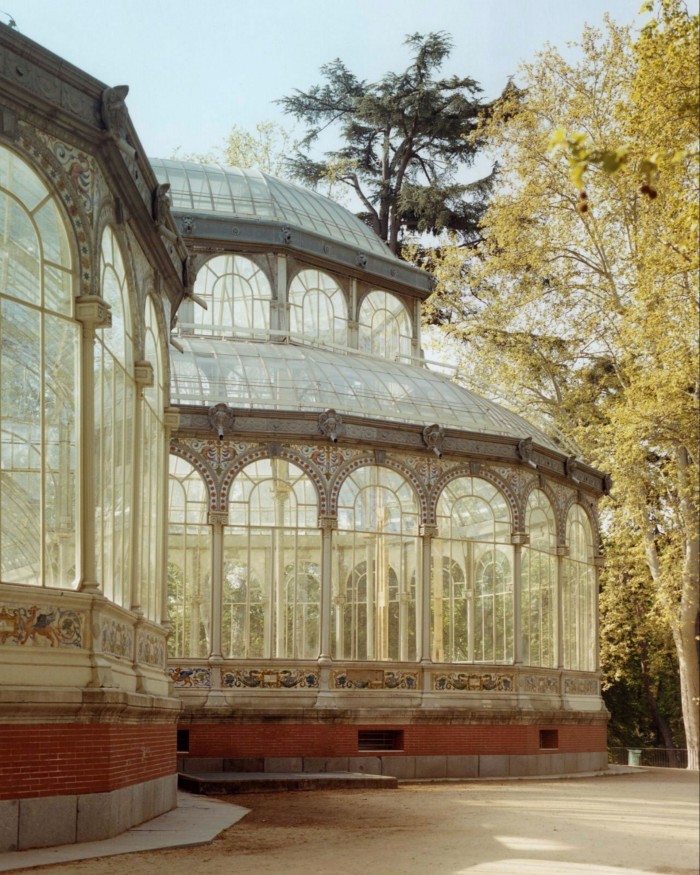
To the east are the remains of the Casa de Fieras, a zoo created in 1774 at King Carlos III’s request, which once housed exotic animals, including lions, tigers and an elephant. “There used to be a bear kept in a cage, as if it were a parrot,” says Manuel Butler Halter, head of the Spanish tourist office in London, who remembers visiting the zoo as a child in the 1960s.
Growing up right next to the Retiro, in Calle de Lagasca, he would visit the park aged eight with friends, picking leaves from the mulberry trees to line a box to keep silkworms in or eating barquillos, a kind of waffle bought from the kiosks. He recalls how, playing under the trees, they would challenge the gardeners to splash them with water. “We would call out to them, ‘La manga riega y aquí no llega!’ [The hose waters but doesn’t reach us]”
Near the old Casa de Fieras is a garden with resident peacocks wandering around, being fed crackers or bits of lettuce by families visiting with small children. It is dedicated to Cecilio Rodríguez, a chief gardener who spent his entire life working in the Retiro since joining as an apprentice aged eight. He also designed the rose garden in 1915, importing varieties from all over Europe.
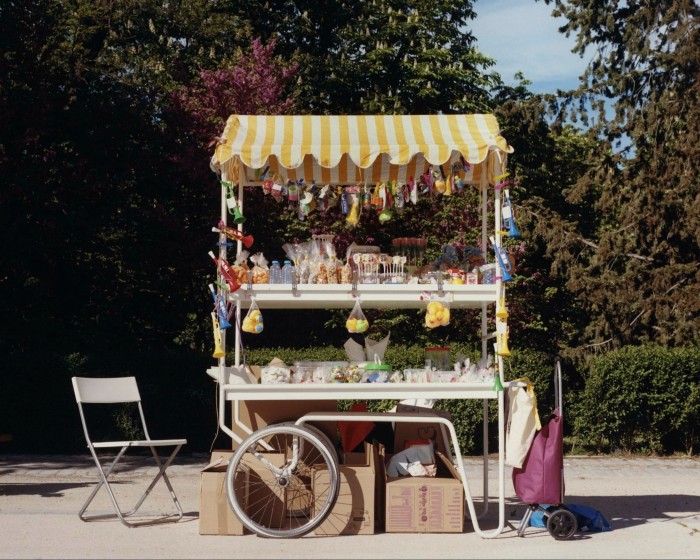
Every year from May to June, the Retiro hosts a popular book fair, the Feria del Libro, bringing in authors from Spain and around the world for signings and talks. “At the weekends [during the fair] there are hundreds of authors in booths, from the really famous to the less well known — it’s very democratic, very lively,” says Montero.
A more modern addition to the park is La Chopera, a sports area built in the 1960s, with an outdoor gym and tennis courts. There’s even a nightclub and restaurant complex known as Florida Park.
But look out for some of the hidden quirks as well, such as those you will find in the Reservado, a special Romantic-style garden in the north-east area, created by Fernando VII in 1830 as part of the park’s restoration after its destruction in the Napoleonic war.
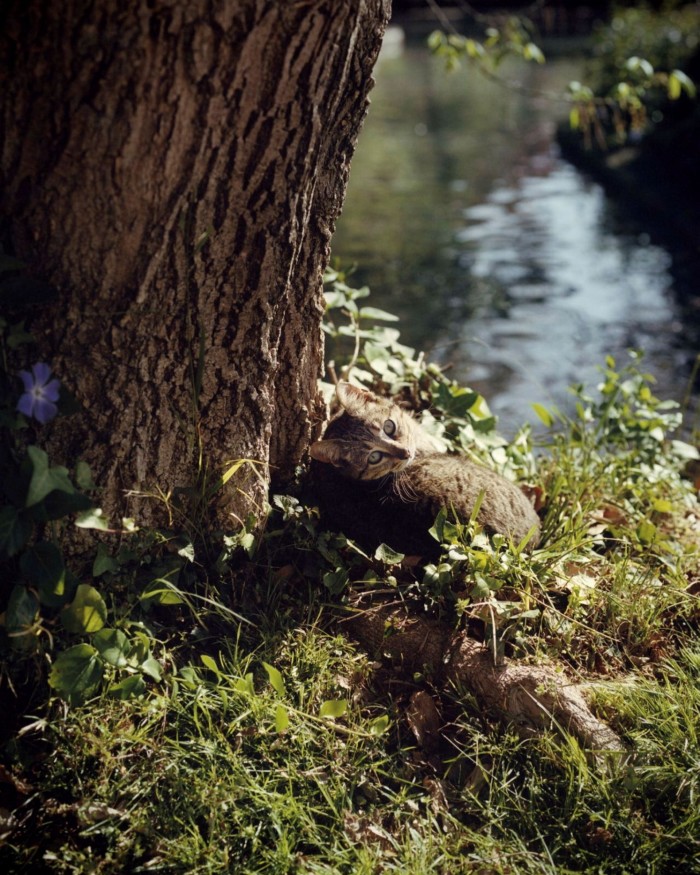
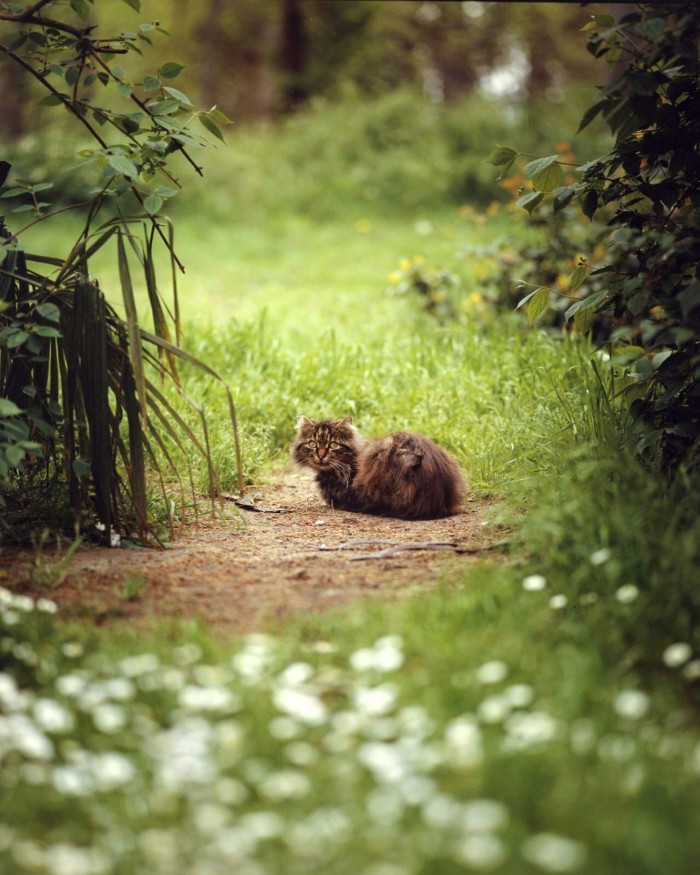
The garden has whimsical features, or “caprichos”, such as the Casita del Pescador (Fisherman’s Cottage) and the Montaña de los Gatos (Cat Mountain), once home to the park’s stray cats. The cats are now looked after by a non-profit organisation and volunteers, though de la Puente Vinuesa of the Amigos del Retiro says the latter require some careful oversight.
“People come to feed the cats,” he says, “so if there’s no co-ordination [between the volunteers] . . . there’s a lady that comes to give them a stew, for example, or paella.”
What’s your favourite green space in Madrid? Tell us in the comments below. And follow FT Globetrotter on Instagram at @FTGlobetrotter
Cities with the FT

FT Globetrotter, our insider guides to some of the world’s greatest cities, offers expert advice on eating and drinking, exercise, art and culture — and much more
Find us in Madrid, Copenhagen, London, Hong Kong, Tokyo, New York, Paris, Rome, Frankfurt, Singapore, Miami, Toronto, Melbourne, Zurich, Milan and Vancouver

